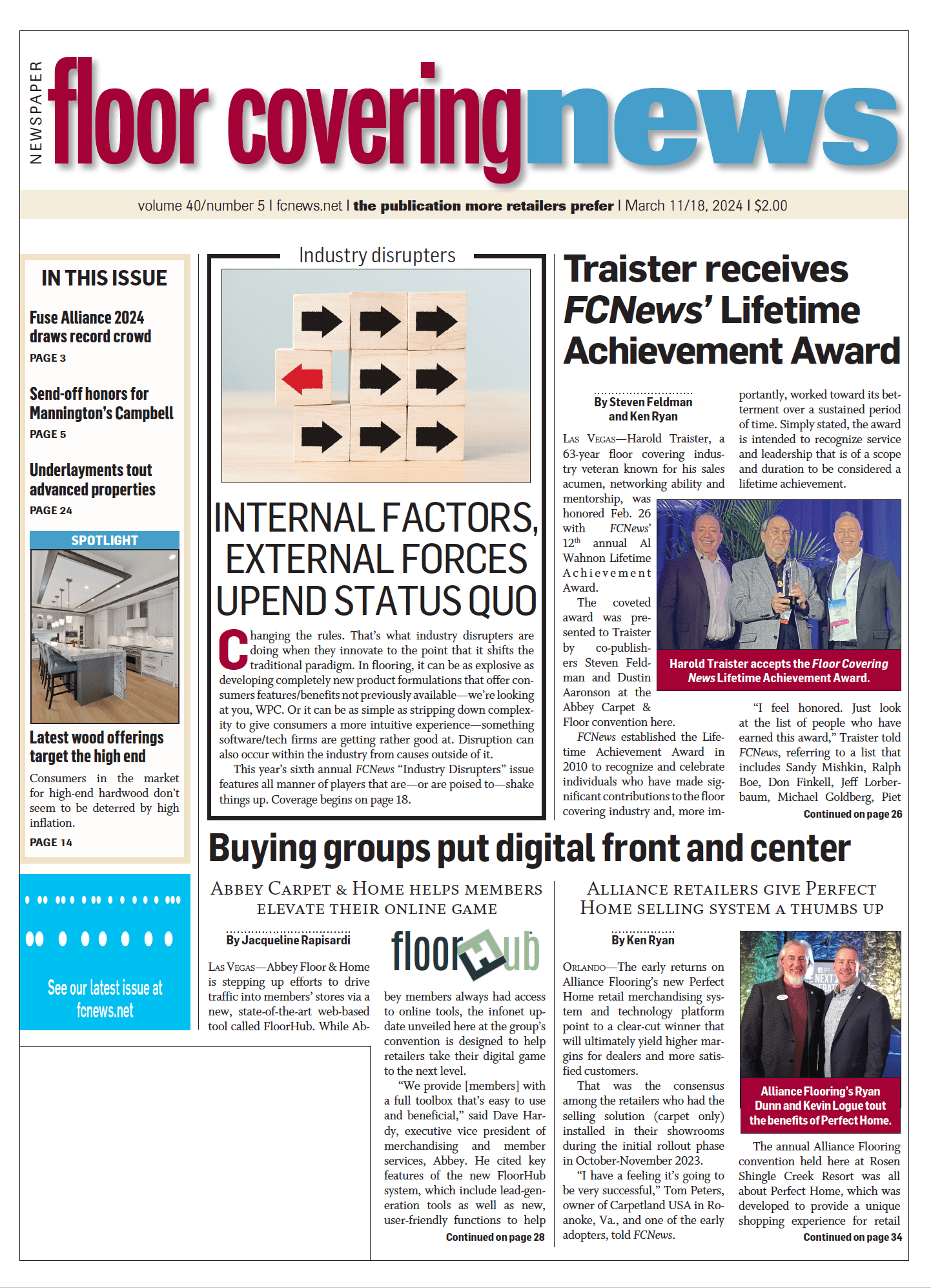 Even though Baby Boomers control the lion’s share of the world’s disposable income, remember that millennials represent the largest group of consumers and will be inheriting the Baby Boomers’ money. Also keep in mind that right behind them is Gen Z, and their spending power is on the rise. In fact, today they represent about $360 billion in disposable income and, more important, they like to spend their money.
Even though Baby Boomers control the lion’s share of the world’s disposable income, remember that millennials represent the largest group of consumers and will be inheriting the Baby Boomers’ money. Also keep in mind that right behind them is Gen Z, and their spending power is on the rise. In fact, today they represent about $360 billion in disposable income and, more important, they like to spend their money.
While “digitally native” is on the short list for describing Gen Z, its members are also in-store shoppers, albeit with their own set of priorities and expectations. I was recently reading a report from MG2 on how Gen Z shops, and it was not surprising that curated visual merchandising experiences and brand values were listed as priorities, along with a focus on well being and community connections.
MG2 conducted a series of studies to better understand how the Gen Z consumer feels about different buying experiences. There were several takeaways that reveal how Gen Z participates in brick-and-mortar retail:
- Nearly 75% find trying on products and having the ability to touch and feel a product to be the primary motivation for shopping in-store.
- Outside of traditional retail environments, about 50% of respondents prefer to engage with brands through curated shop-in-shop experiences featured in larger department or retail stores.
- Of all in-store technology options available, one out of two respondents chose to engage with augmented reality displays to test colors, styles and fit more than any other interactive tech. Sort of like the room viewers that are becoming standard in flooring stores.
But by asking more follow-up questions and digging into the psychology of Gen Z, MG2 found there are few blanket statements about Gen Z. Rather, Gen Z is a complex group, mainly because of the spectrum of age range—you have that older Gen Z that’s more the millennial, and then you have the younger Gen Z who’s right above the Alpha generation.
So, what were some of the takeaways about the physical store experience?
- Gen Z wants a brand’s values to shine through in physical environments. Nearly one-third of consumers said they prefer messaging in-store that reflects brand values, with sustainability being most important. “This is still a young generation that’s just coming into their career, still largely living with their parents, so they’re still going be motivated by cost, even if they want to make sustainable decisions,” said Melissa Gonzalez, principal at MG2. “But the ones who do prioritize it want brands to go further so they understand how products are produced, the impact production is having on the environment and how they can give something a second life.”
- Store experiences need to be a positive force for consumers’ well being. When Gen Z defines wellness, they think about mental, physical and emotional aspects. Roughly one-third of Gen Z consumers who shop primarily in-store said wellness is a leading factor for them as a shopper. A store’s design plays a crucial role in creating a safe and healthy space for consumers, with the largest group of consumers (44%) saying they wanted “sensitive fitting room experiences” that included more spacious rooms outfitted with mirrors so they could have a more private try-on experience.
- They want curated visual merchandising experiences that inspire them. In fact, 42% of all Gen Z consumers said displays that inspire them are highly important, while 36% pointed to the right floor plan and overall flow.
- They want technology use to be intentional. In-store technology use cases can be broken into two categories: experiential and operational. Gonzalez said she was surprised to find that more Gen Z respondents gravitated toward digital experiences related to fit and try-on capabilities. “They might be standing physically in your store, but those digital layers are part of it so they can try on something and then be able to virtually see how it fits and will look in different colors.”
- They want physical spaces to bring them closer to their communities. Nearly half of consumers said they engage with alternative experiences, such as pop-ups, workshops and other activations because they create an opportunity to connect with brand communities. Although pop-ups were the most popular, Gonzalez noted that brands should push creative limits.

